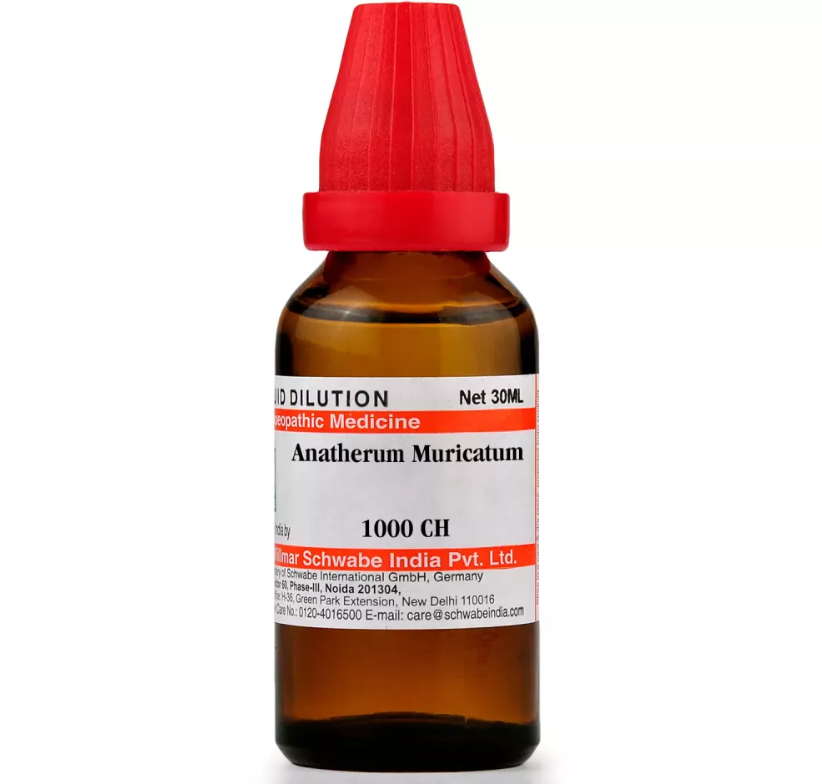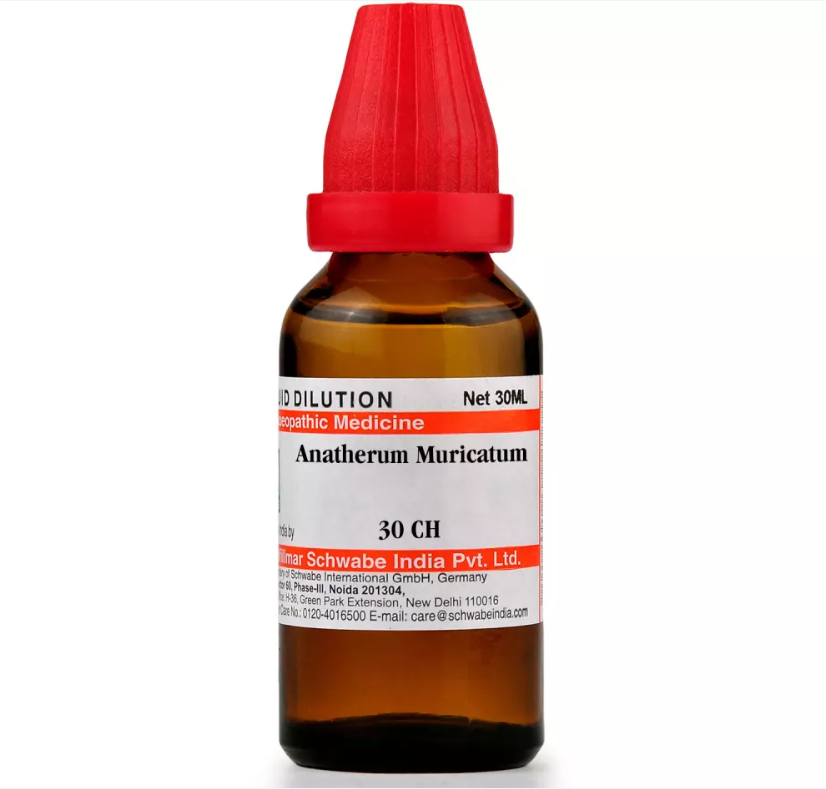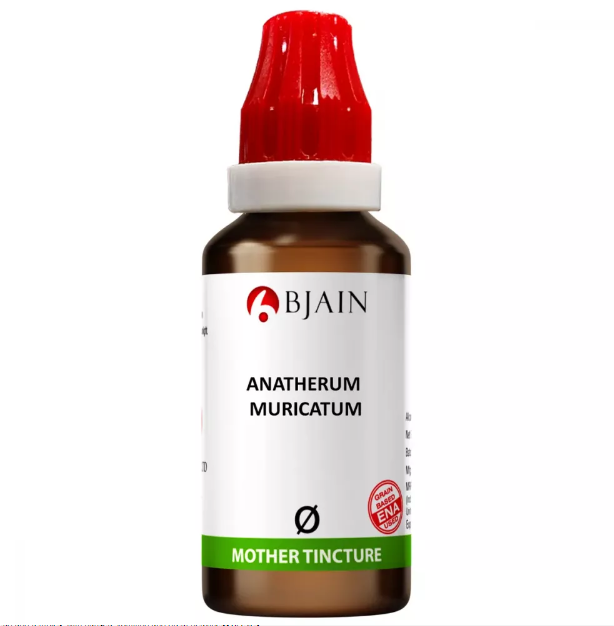ANANTHERUM MURICATUM Q, 6C, 12C, 30C, 200C, 1M, 10M USES AND SYMPTOMS
 Skin remedy of high efficacy.
Skin remedy of high efficacy.
Effective for painful swelling leading to suppuration and glandular inflammation.
Head: Causes a sensation of drunkenness and staggering. Pain penetrates the brain sharply like pointed arrows, worsened in the afternoon. Herpes, ulcers, and tumors on the scalp.
Face: Wart-like growths on the eyebrows. Boils and tumors on the tip of the nose. Ulcers and herpes on the face.
Mouth: Tongue appears fissured, as if cut on the edges. Excessive salivation. Speech difficulties, including stammering.
Urinary: Urine is turbid, thick, and filled with mucus. Constant urge to urinate. Bladder incapable of holding even a small amount. Involuntary urination. Cystitis.
Male: Presents with chancre-like sores resembling syphilis.
Female: Chancre-like sores present. Scirrhus-like swelling in the cervix. Swollen, indurated breasts, with excoriated nipples.
Skin: Nails appear diseased and deformed. Offensive foot sweat. Abscesses, boils, and ulcers. Erysipelas. Pruritus and herpes.
Relationship: Comparable to Staph., Merc., Thuj.
SYMPTOMS OF ANANTHERUM MURICATUM
Head:
- Sensation of drunkenness and staggering.
- Sharp pain penetrating the brain, worsened in the afternoon.
- Presence of herpes, ulcers, and tumors on the scalp.
Face:
- Wart-like growths on the eyebrows.
- Boils and tumors on the tip of the nose.
- Ulcers and herpes on the face.
Mouth:
- Fissured tongue, resembling cuts on the edges.
- Excessive salivation.
- Difficulty in speech, including stammering.
Urinary:
- Urine appears turbid, thick, and filled with mucus.
- Frequent urge to urinate.
- Inability of the bladder to retain even a small amount of urine.
- Involuntary urination.
- Presence of cystitis.
Male:
- Chancre-like sores, similar to those seen in syphilis.
Female:
- Presence of chancre-like sores.
- Scirrhus-like swelling in the cervix.
- Swollen, indurated breasts, with excoriated nipples.
Skin:
- Diseased and deformed nails.
- Offensive foot sweat.
- Presence of abscesses, boils, and ulcers.
- Occurrence of erysipelas.
- Itching (pruritus) and herpes.
Relationship:
- Comparable to Staphysagria, Mercurius, and Thuja.
Dosage:
- Typically administered in the third potency.

selection of the potency
Individualization:
- Homeopathy is based on the principle of treating the individual, not just the disease. The unique symptoms and characteristics of the person are crucial in determining the most suitable potency.
Intensity of Symptoms:
- The intensity of the symptoms guides the choice of potency. If the symptoms are intense and acute, a lower potency (e.g., 6C, 30C) might be considered. For chronic conditions with less intensity, higher potencies (e.g., 200C, 1M) may be appropriate.
Sensitivity of the Patient:
- Some individuals are more sensitive to homeopathic remedies, while others may require higher potencies. The practitioner considers the patient’s sensitivity when selecting the potency.
Acute vs. Chronic Conditions:
- Lower potencies are often used for acute conditions, while higher potencies may be considered for chronic or long-standing issues.
Previous Response to Potencies:
- The patient’s response to previous homeopathic treatments helps guide the choice of potency. If a particular potency has been effective in the past, it may be repeated or adjusted as needed.
Vital Force and Susceptibility:
- Homeopathy views illness as a disturbance in the vital force. The practitioner assesses the patient’s overall vitality and susceptibility to determine the appropriate potency.
Aggravation or Amelioration:
- The direction of the symptom response (aggravation or amelioration) after taking a remedy can influence the choice of potency.
Miasmatic Considerations:
- In classical homeopathy, the concept of miasms (inherited disease tendencies) is considered. The practitioner take this into account when selecting the potency.
Practitioner Experience:
- The experience and preference of the homeopathic practitioner play a role. Some practitioners may have success with certain potencies based on their clinical experience.
SAFETY INFORMATION
- Do not exceed the recommended dose by physician
- Keep out of the reach of children
- Store in a cool dry place away from direct sunlight
- Maintain half an hour gap between food/drink/any other medicines and homoeopathic medicine
- Avoid any strong smell in the mouth while taking medicine e.g. camphor, garlic, onion, coffee, hing
Medicine images use for reference only selection of homeopathic medicine depends on the individual’s specific symptoms and overall constitution. Moreover, homeopathy is a holistic system of medicine that treats the individual as a whole. In addition to addressing the physical symptoms, it takes into account the emotional and mental state of the person. Consequently, it’s crucial to consult with a qualified homeopathic practitioner for personalized treatment.
The information provided on this website is intended solely for educational purposes. Always seek the advice of your physician or other qualified health provider.

